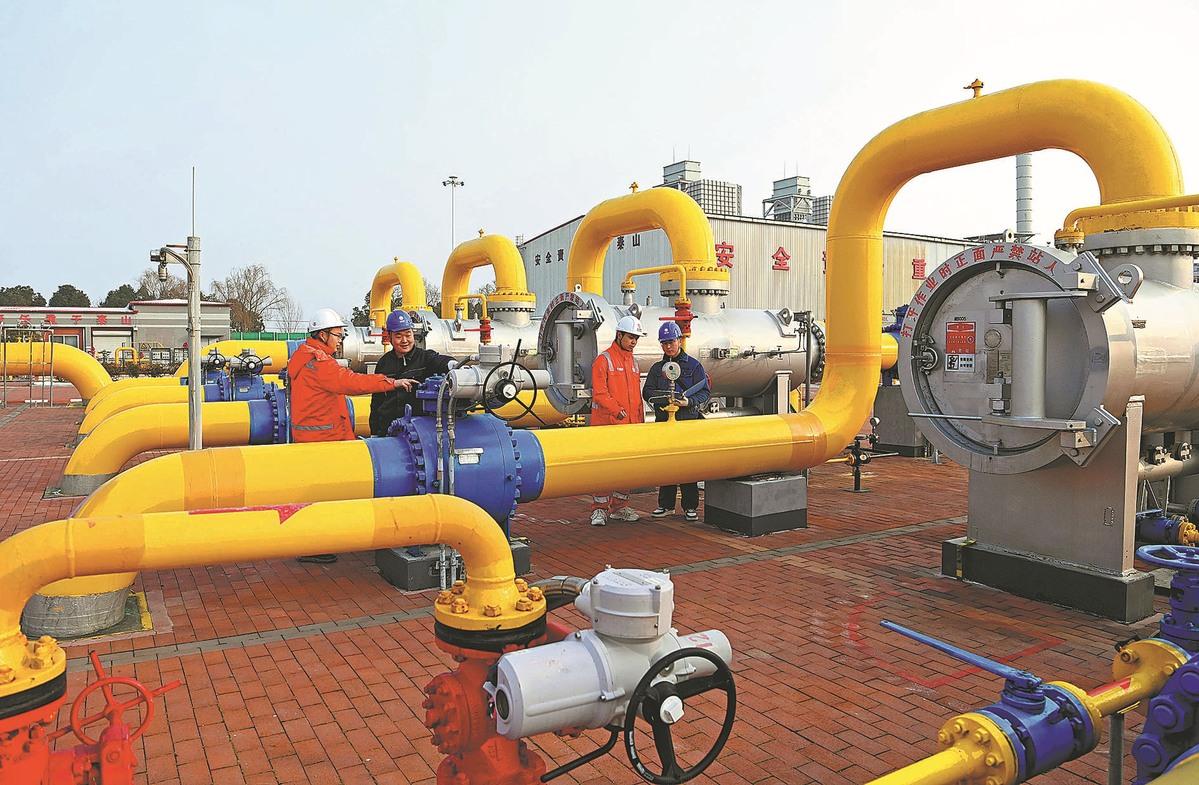Oil consumption back to 2019 levels
China Daily, April 18, 2024 Adjust font size:

China's petroleum refining capacity is entering a new expansion phase with 85 million metric tons expected to be added from 2024 to 2027, experts said.
Around 35 million tons of outdated petroleum refining capacity will be optimized to boost high-quality development of the industry, they added.
The forecast was made during the launch ceremony of the Blue Book on the Development of China's Petroleum Distribution Industry, jointly held by commodity information service provider JLC Network Technology Co Ltd and the China Petroleum Circulation Association.
Sun Renjin, secretary-general of the expert committee of the CPCA, said: "With the continuous expansion of petroleum refining capacity, the production of finished oil products will also continue to increase. However, future growth space for refining capacity is limited. Coupled with multiple factors such as strict control of new capacity additions, the growth rate of finished oil production may slow down."
The remarks came on top of rapid growth of finished oil production last year, or a 16.4 percent year-on-year increase to 428.358 million tons.
Finished oil consumption was also on a fast track of development, which Sun said had returned to 2019 levels, driven by economic recovery, with transportation, warehousing and postal industries being the main force, accounting for 62.5 percent of total finished oil consumption.
"With the continuous recovery of the economy and steady progress in high-quality development, demand for finished oil products will continue to grow. However, under the backdrop of low-speed growth in the number of fuel vehicles, gradual normalization of international routes and increasing efforts in new energy substitution, the consumption of finished oil products will return to the normal growth track of low-speed growth," Sun said.
"It is estimated that the consumption of finished oil products will exceed 400 million tons in 2024," he said.
By categories, Sun said oil consumption from fuel vehicles may decrease under the backdrop of rapid development of the new energy vehicle industry. With the recovery of the domestic and international aviation sector and the gradual increase in the number of flights, it is expected that demand for jet fuel will continue to increase, and the growth rate will return to normal.
Sun said constructing a new energy system along with promoting digitalization and intelligent transformation will be inevitable choices for businesses in the petroleum industry. He said the regulatory system for the industry will also be further strengthened and improved.
In recent years, China has stepped up efforts promoting the green and low-carbon transformation of the energy industry and strengthening clean and efficient development and utilization of fossil fuels.
Last year, the National Development and Reform Commission, along with three other departments, issued guidance proposing for the first time to study the establishment of a database monitoring carbon emissions from petroleum refining enterprises and carbon footprints of related products.
The guidance emphasized improving energy utilization efficiency, reducing pollutants and carbon emissions, and further optimizing the industrial structure.
At the same time, a number of market regulation plans have been introduced to cover market operations, taxes and gas stations.